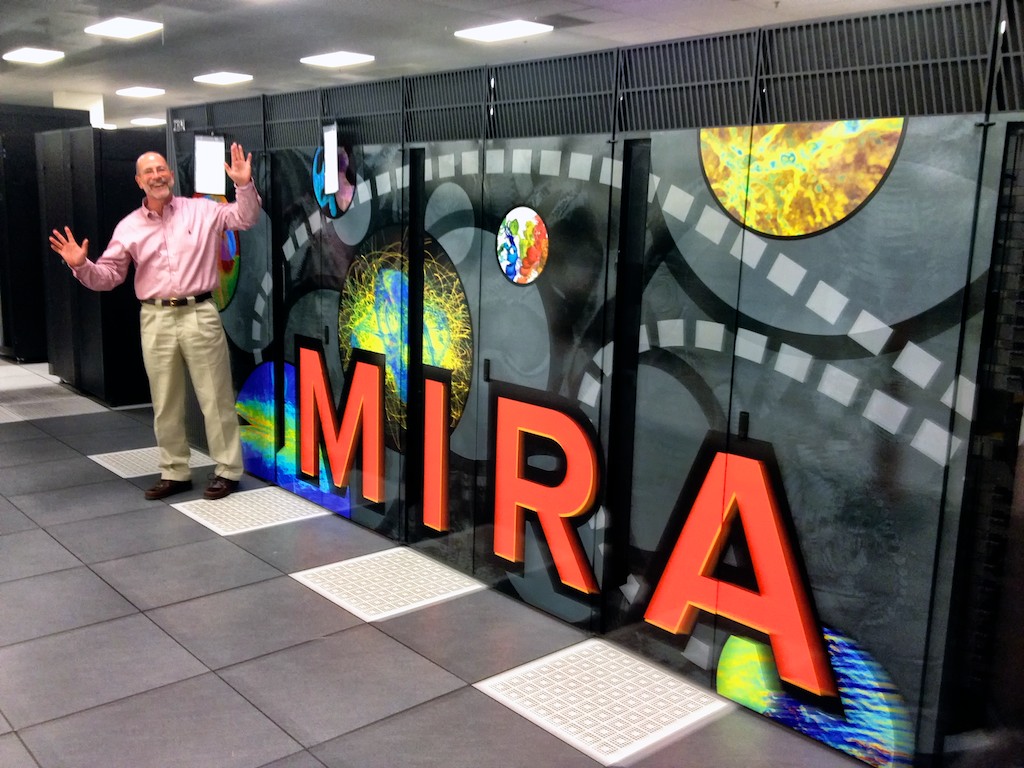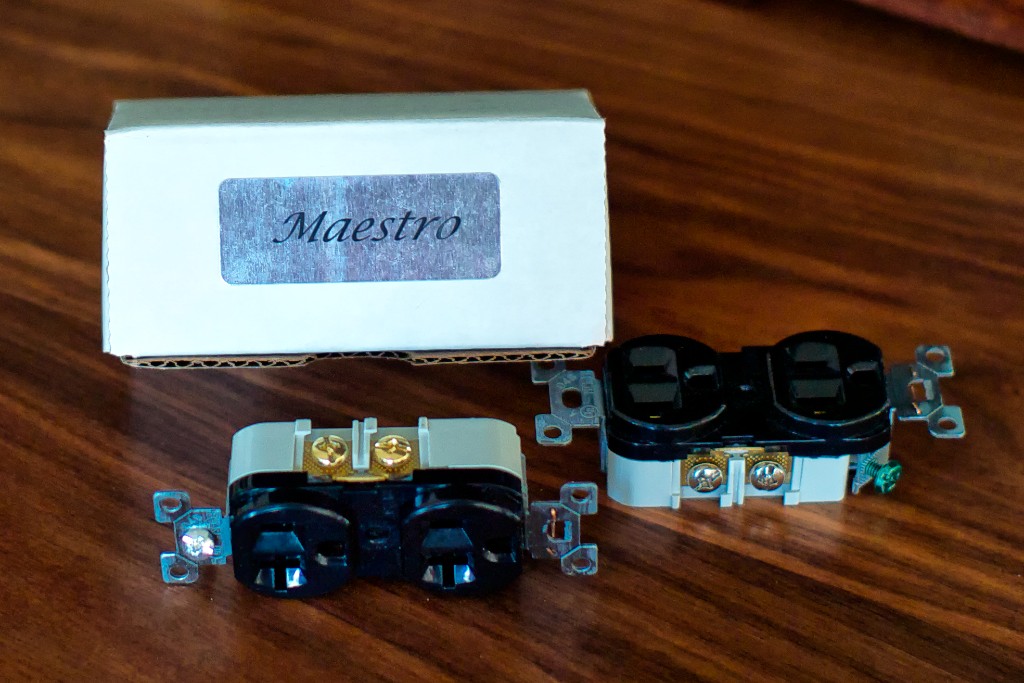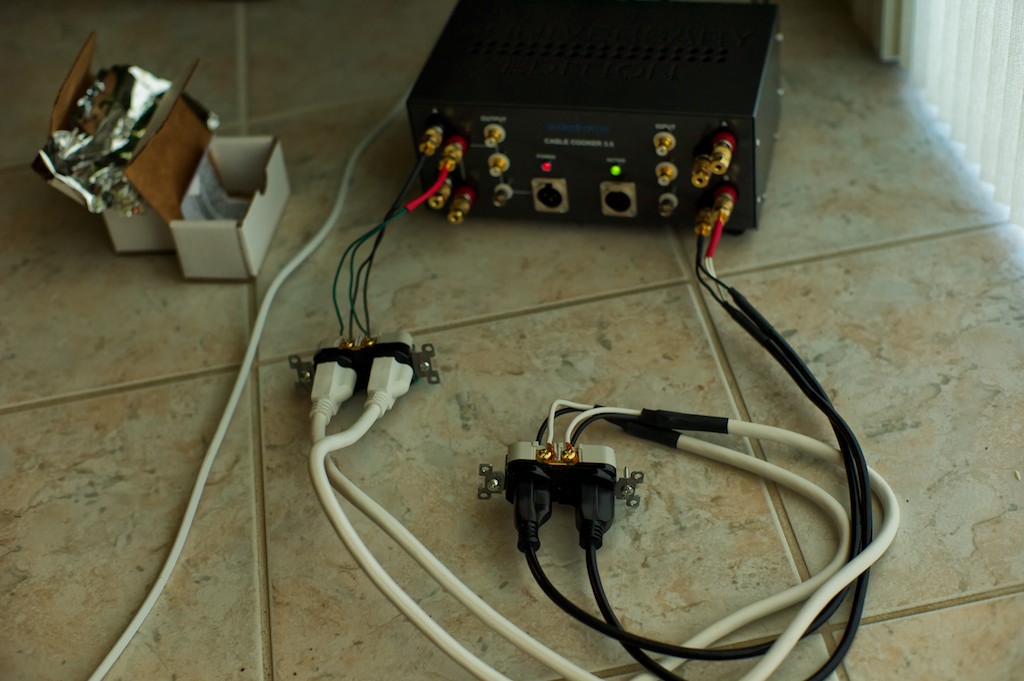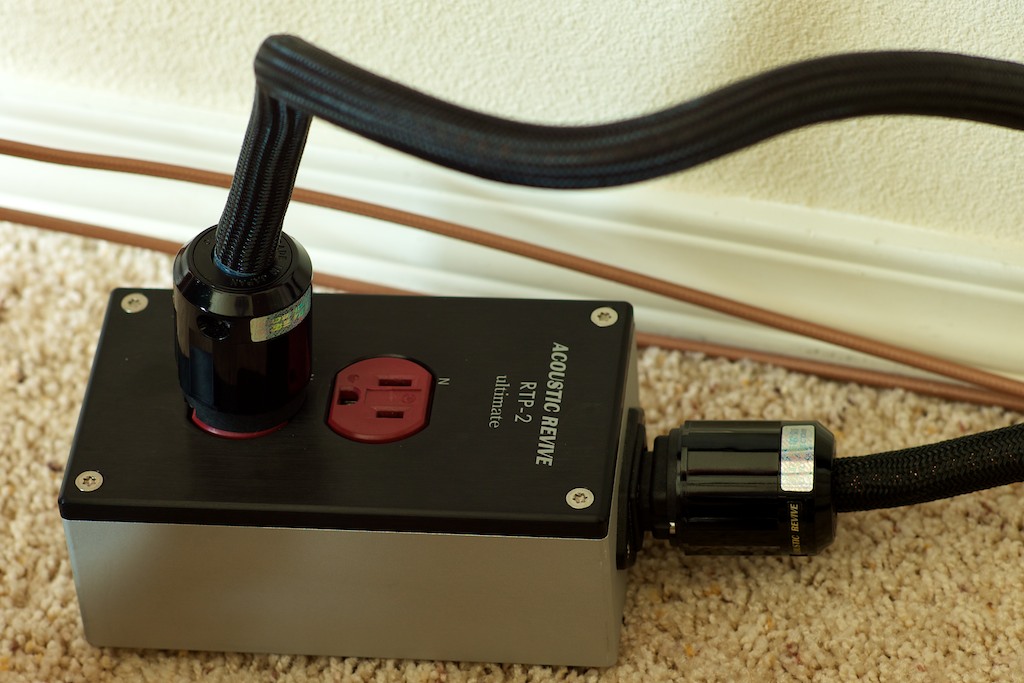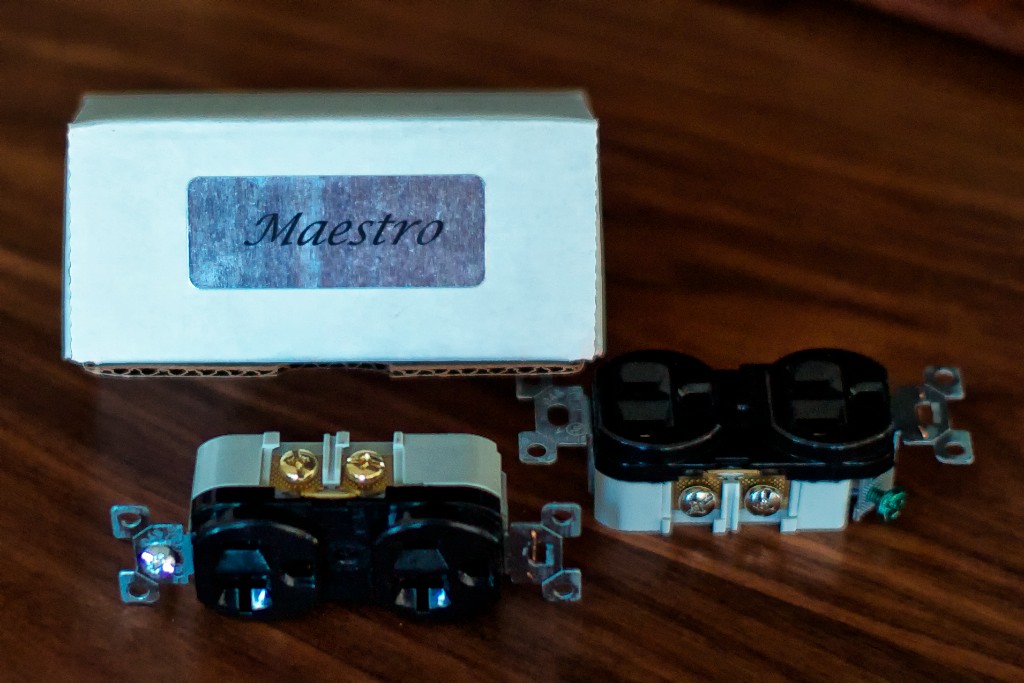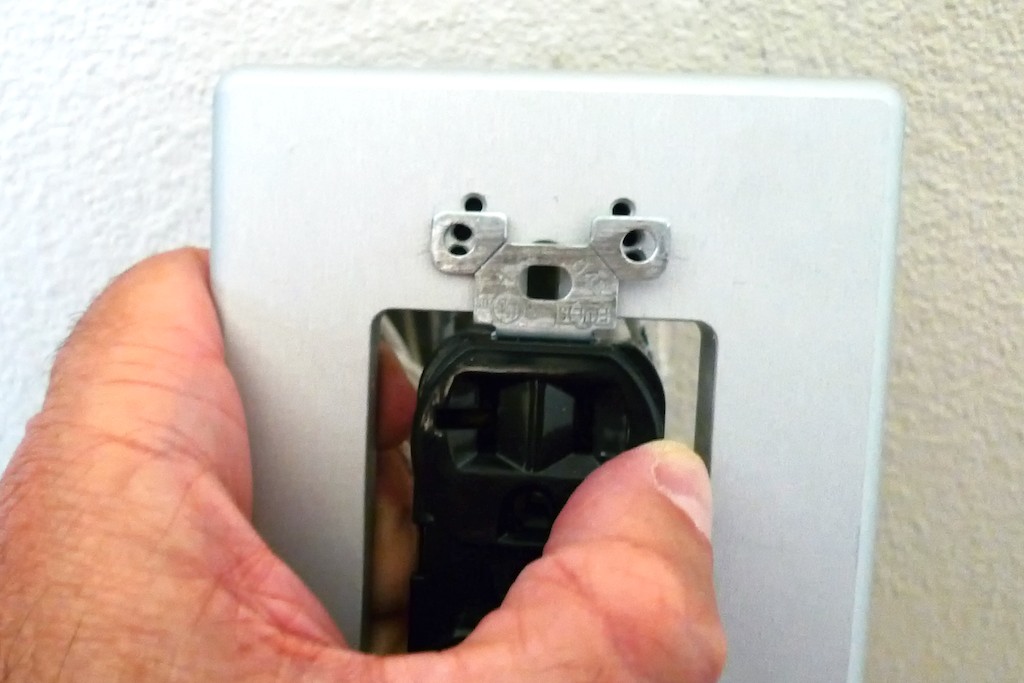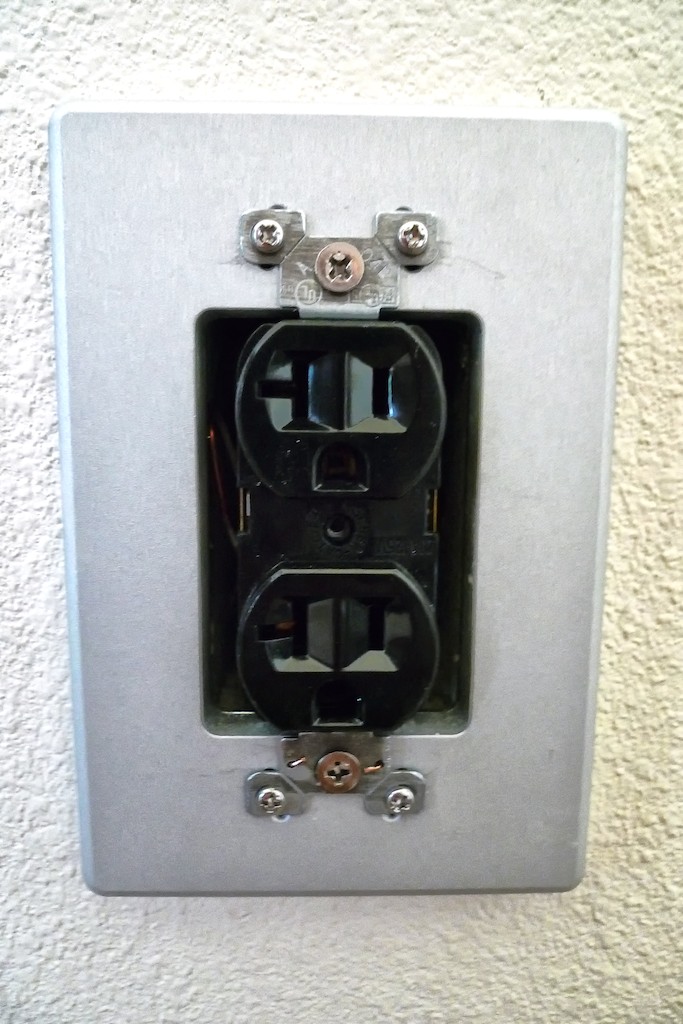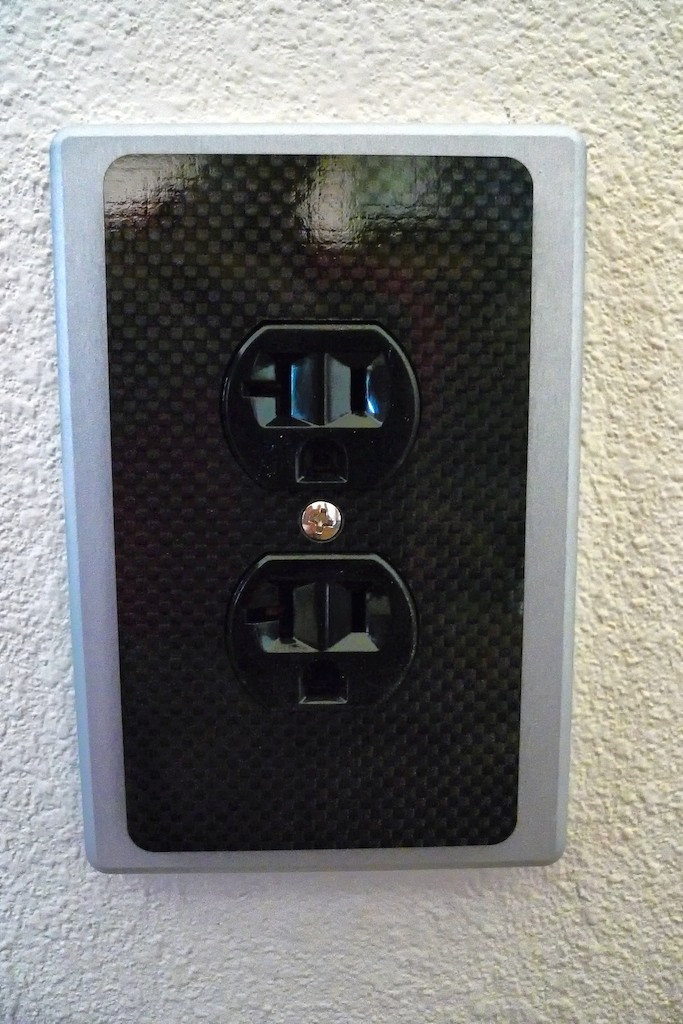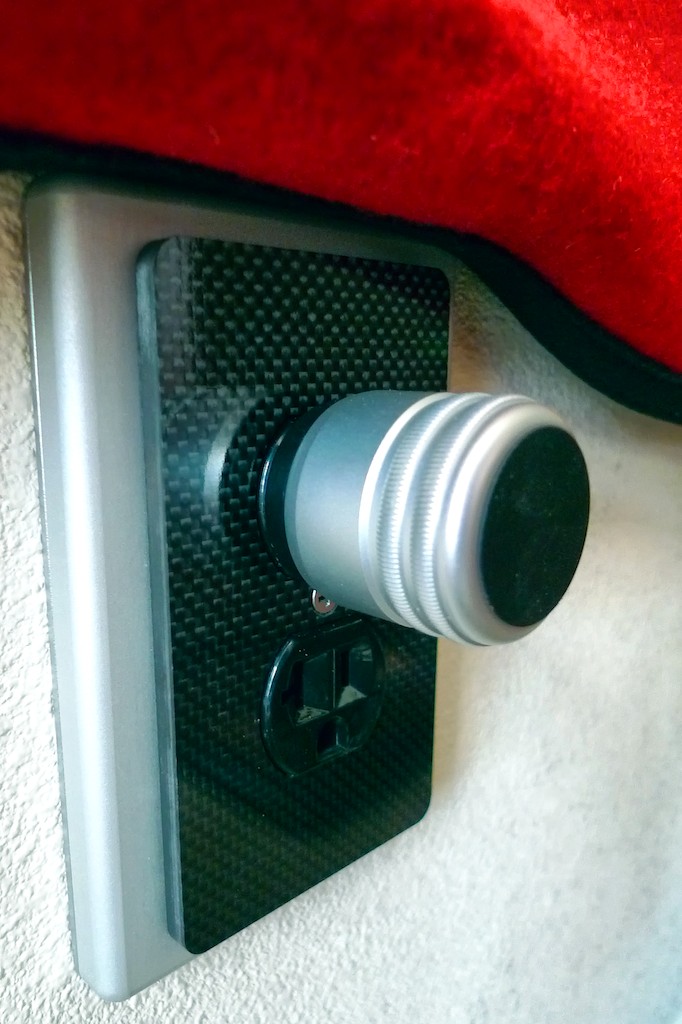I just got back home from an exciting and demanding week of reviewing ... not of audio gear, but of supercomputers (the day job!). It was exciting to be part of a team reviewing a project that will produce the next generation of 100+ PFLOP supercomputers, and I was thankful for the opportunity to be involved. Supercomputers are becoming more important to scientists every day as we search for the cure for cancers and other diseases, look for new ways to be more energy efficient in existing technologies, and in general try to figure out how to make the world a better place to live for all of us.
Below is a photo of me hamming it up in front of MIRA, an 8.16 PFLOPS IBM supercomputer located at Argonne National Laboratory near Chicago, Illinois, in the USA. MIRA will be used by scientists from around the world for research to gain a better understanding of materials science, climate-weather modeling, understanding the structure of the dark universe, computational chemistry, and many other exciting fields of research.
When you are dealing with supercomputers, one of the things that becomes apparent very quickly is how important getting the electrical power to them that they need to run is, and in the case of MIRA that's about 3.9 MW.
It turns out that in audio - just as in supercomputing - that getting high-quality AC power to your high-performance audio electronics is extremely important too, and it starts right at the wall by plugging your power cords into the wall receptacles. As I mentioned in an earlier post, Mark Coles (Sablon Audio) told me that two of the most highly regarded high-performance AC receptacles in the audio underground are the Oyaide R-0 ($147 USD each), which is an unplated version of the R-1, and the Maestro outlet ($85 USD each, photo below), which was developed by Fernando Cruz at cruzeFIRST Audio.
Over the last few weeks I used my Audiodharma Cable Cooker to condition a generic AC receptacle, the Oyaide R-0, and the cruzeFIRST Maestro for 5 days each as part of preparing for an upcoming AC receptacle article for Positive Feedback Online (below).
Now that those have all gone through the conditioning process on the Audiodharma, it was the Acoustic Revive modified Oyaide R-1's turn for 5 days on the Cooker for a little conditioning, so this morning I removed the two Acoustic Revive modified Oyaide R-1 receptacles from the CB-1DB receptacle base plates and the CFRP-1F carbon fiber outlet plates from the two outlets that power my system. The trinity of the CB-1DB receptacle base plate, the CFRP-1F carbon fiber outlet plate, and modified Oyaide R-1 receptacle is very similar to having an RPT-2 Ultimate Power Distributor installed into your wall.
I’ve been using the combination of a CB-1DB receptacle base plate and the CFRP-1F carbon fiber outlet plate with just a generic AC receptacle in one of the two outlets that power my system for quite a long time, and I’ve been very pleased with the result. When I added the combination of the CB-1DB receptacle base plates, the CFRP-1F carbon fiber outlet plates, and modified Oyaide R-1 receptacles to both of the outlets that power my system I was wowed by the increase in performance, and realized how important premium outlets are to powering high-performance audio electronics. There was one little catch though as the Acoustic Revive modified Oyaide R-1 receptacles are not available to purchase, as they are sold only as part of the RPT Ultimate Power Distributors.
But I wanted to be able to make a recommendation for you so you too could experience what these super outlets can do for your system, thus the upcoming Positive Feedback Online survey including the Maestro and Oyaide R-0. The Maestro isn't nearly as pretty as the Oyaide outlets, and its 'Made in China' original parts aren't in the same league of quality that the Oyaide's are, but its about half the price, and there are quite a number of people that believe it is the world's best sounding outlet, so I was very interested to hear what it could do in my system compared to the other outlets I have on hand.
However, like the heavily modified Acoustic Revive Oyaide R-1 receptacle, the Maestro is also heavily modified. Here's what it says about the Maestro out on the cruzeFIRST website:
"We auditioned everything out there and found that while some outlets worked extremely well in some areas at the end of the day they all did more harm than good by masking and bloating the music. Most of them altered or equalized the sound because of the fancy plating and the mixture of alloys used. In addition, we believe that mechanical resonance and tuning is also important in Audio grade outlets and this is another area where most other outlets fall short."
""The Maestro Outlet" is a simple but effective power outlet made from a high-purity copper/brass alloy mix with no plating. It is 20-amp rated and built to exacting standards. The outlet is then taken through a professional microprocessor controlled deep cryogenic process and then treated with our special coating for RFI / EMI interference rejection and enhanced for mechanical dampening. Finally it is taken through our proprietary break-in process for 2 weeks. The result is an incredible "Bare Passage To The Music Source"."
SAFETY CAUTION: The CB-1DB receptacle base plates, CFRP-1F carbon fiber outlet plates, and the Maestro receptacles are easy to install, but be sure you shut off the circuit breaker at the main service panel, and then test the circuit with a multi-meter to be sure it's off before you proceed with installation. You don't want any power going to the outlet while you install the CB-1DB, CFRP-1F, and the Maestro, otherwise you could have one of those zap & thud moments that will end your audio pursuits forever. You've been warned! If any of this makes you at all nervous, then I recommend you hire an electrician to do the installation for you.
The Maestro put me in a grumpy mood almost immediately because the vertical spacing of its mounting holes didn't align with any of the mounting holes of the Acoustic Revive CB-1DB receptacle base plate, which became apparent after fumbling around with mounting screws for a while. I was thinking I was going to have to drill out some of the material on the mounting strap to get it to fit, but then it dawned on me that I could use a pair of pliers to bend out the rather pliable stamped metal mounting strap to get the holes to align with the Acoustic Revive CB-1DB receptacle base plate. It turned out to be so easy that I felt a little silly for getting so grumpy about it. This will not be an issue for those directly replacing their stock outlets with the Maestro outlets.
Once the Maestro was installed onto the Acoustic Revive CB-1DB receptacle base plate and into the wall I attached the Acoustic Revive CFRP-1F carbon fiber outlet plate to complete the installation.
Once I had both of my outlets that power my system equipped with the combination of the CB-1DB receptacle base plates, the CFRP-1F carbon fiber outlet plates, and the cruzeFIRST Audio Maestro receptacles, I restored the power to the room from the breaker box.
I let my system warm up for a while then put on some LPs for a little listening. So what did the Maestro sound like? Pretty darn good actually. I'll have the full story on these high-performance outlets in the article I'll be writing for Positive Feedback Online, and I'll try to share some more impressions about the Maestro as I get a little more familiar with what it can do.
Thanks for stopping by!




